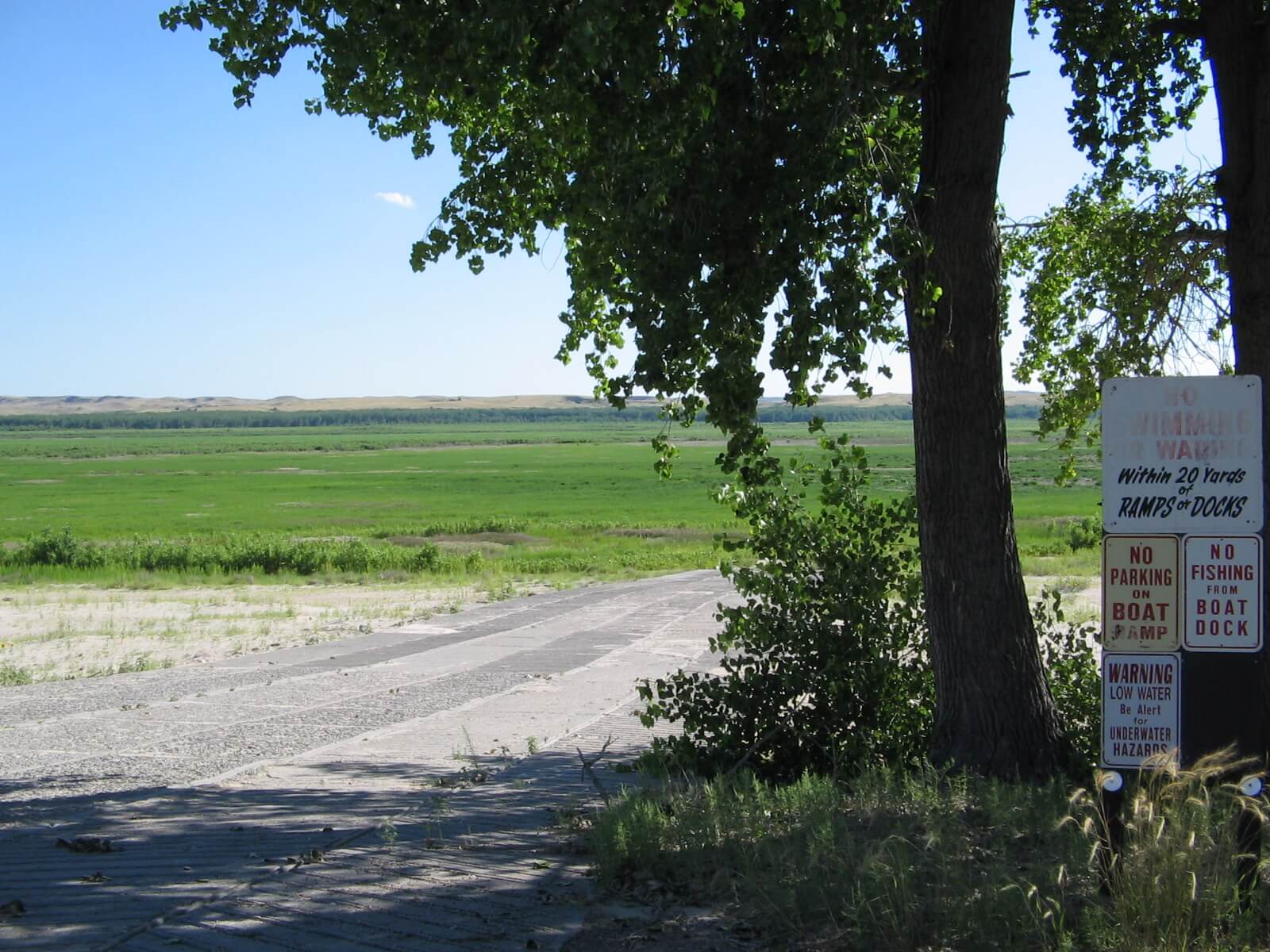When we have a drought, it can affect our communities and our environment in many different ways. Everything in the environment is connected, just like everything in our communities is connected. Each different way that drought affects us is what we call an impact of drought.
Drought affects our lives in many different ways because water is such an important part of so many of our activities. We need water to live, and animals and plants do too. We need water to grow the food we eat. We also use water for many different things in our lives, like washing dishes, cooking, bathing, and swimming or river rafting. Water is also used to help make the electricity we use to run the lights in our houses and the video games you may like to play. When we don’t have enough water for these activities because of a drought, many people and many different things will be affected in many different ways.

Drought Dominoes?
We often talk about drought's impacts as either “direct” or “indirect.” What does that mean? Well, to find out, let's think about dominoes. If you set up a long line of dominoes on the floor and knock the first domino in the line over, it will cause the second domino in the line to fall and hit the third, which will fall and hit the fourth, and so on.
If those dominoes were drought impacts, the first domino you knock over might be farmers’ corn crops dying. The second domino might be that the farmers would not have money to buy a new tractor from the dealer in town. The dealer would then lose money, which would be the third domino. If enough farmers lose their corn crops, the dealership might not be able to employ as many people or may even have to close down—the fourth domino. The dealership closing would cause many more impacts in the community.
The farmers’ crops dying would be the “direct” impact of drought. The dealer losing money and all of the other impacts would be the “indirect” impacts of drought.
All of the impacts in the example above would be “negative” impacts. But the impacts of drought aren’t always all negative. How can this be? Well, let's think about the example of the farmers we talked about earlier. The farmers who have lost their corn crops might use the money they didn’t spend to buy a new tractor to hire a person to drill irrigation wells. The well-drilling business would make more money, so for them the drought might actually have a “positive” or good impact. However, the overall impact of drought in an area is almost always negative.